
The federal government ‘sees a long-term future for the oilsands.’ Here’s what you need to know
An internal document obtained by The Narwhal shows how the natural resources minister was briefed...
In her new book Signs of Life: Field Notes from the Frontlines of Extinction award-winning journalist Sarah Cox takes readers on a journey across Canada: from old-growth forests in B.C. to endangered grasslands in Saskatchewan to the banks of the Wolastoq (Saint John) River in New Brunswick.
In each place, Sarah, an investigative reporter at The Narwhal, details devastating declines in nature, most often wrought by expansive human development and the efforts — sometimes last minute and Herculean — being taken to ward off extinctions. We, the reader, tag along as she visits a military base in Alberta where burrowing owls, hatched at the Calgary Zoo, are deposited into artificial burrows. We’re there too, as she visits the only spot in Canada where black-tailed prairie dogs can still be found in the wild, and as she watches sharpshooters take out double-crested cormorants to protect endangered trees from their acidic feces.
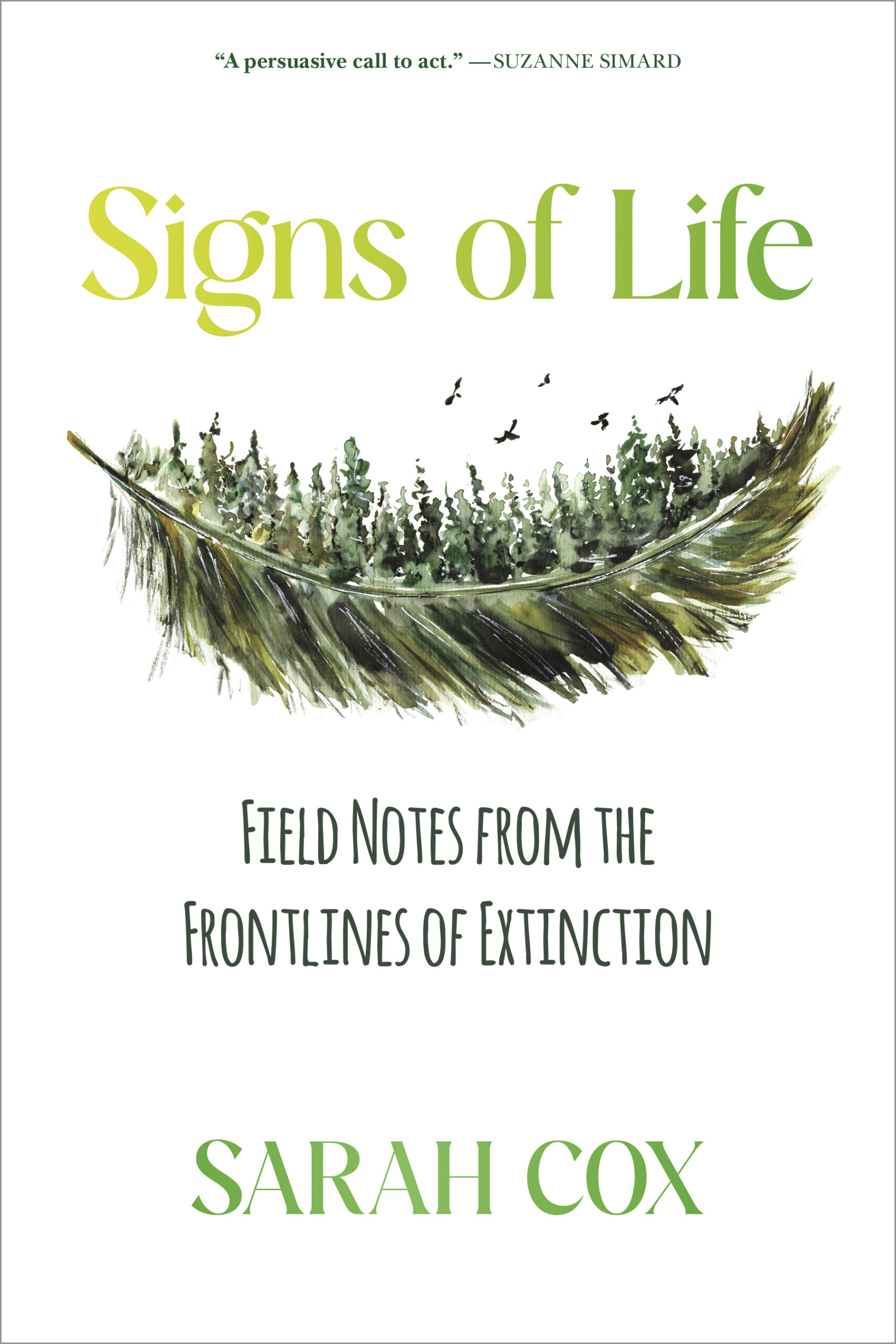
We meet people working desperately to restore and protect habitat, and rebuild declining wildlife populations, from Indigenous leaders to ranchers to biologists and many others. Along the way, Sarah dives into the laws and policies that have led to these dire straits for nature and explores a new way forward.
I had the chance to chat with Sarah this week about Signs of Life. Here’s what she had to say.
People think of Canada as a country full of wildlife and nature. And, compared to many other countries in the world, we still have a lot of wildlife and nature, but we are losing it and we’re losing it at a great rate. More than 5,000 species are at some risk of extinction in Canada, 900 of them are critically imperilled. We don’t even know the state of a quarter of Canada’s 80,000 species. We’re losing a lot of wildlife in the southern part of the country where there is also the greatest biodiversity.
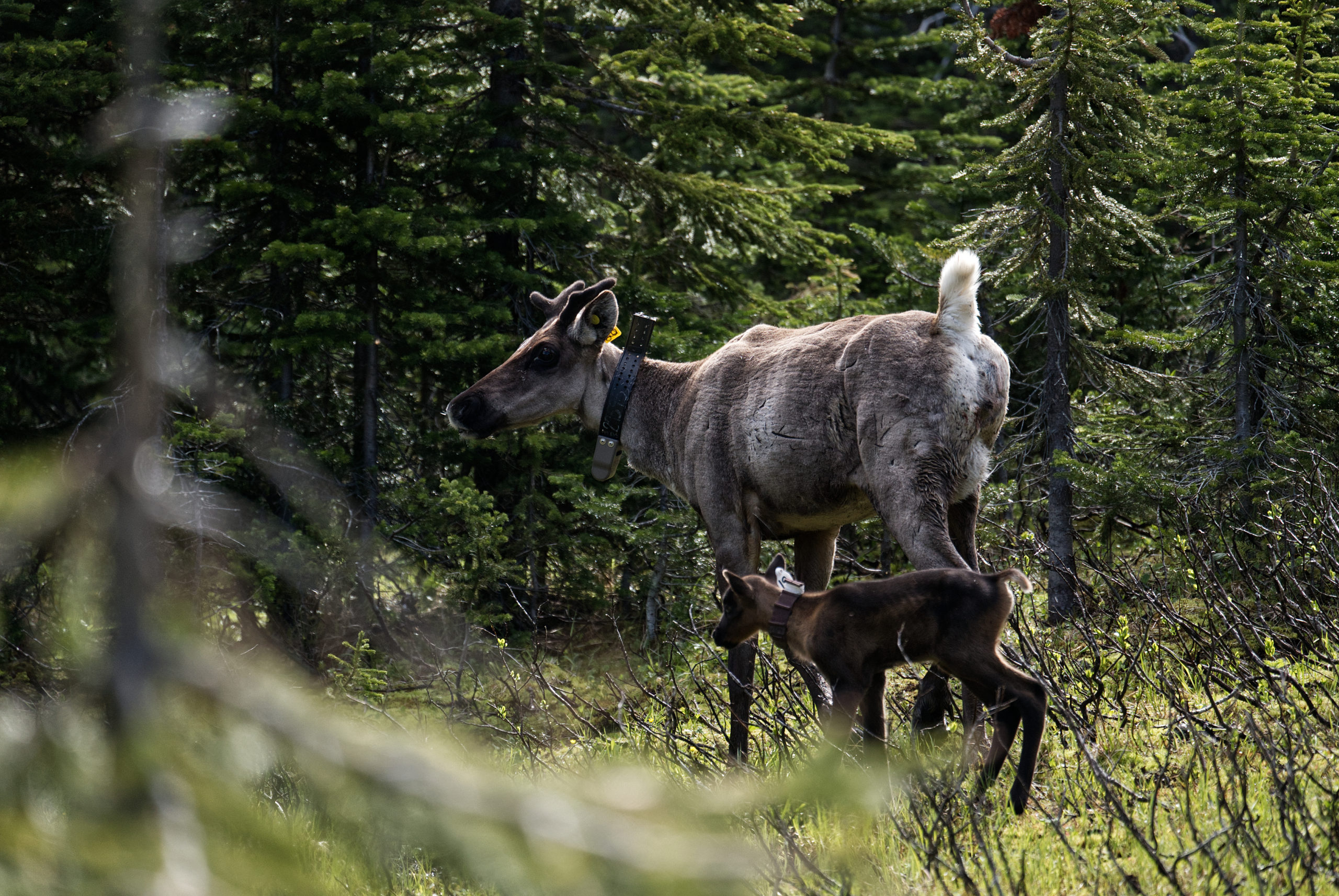
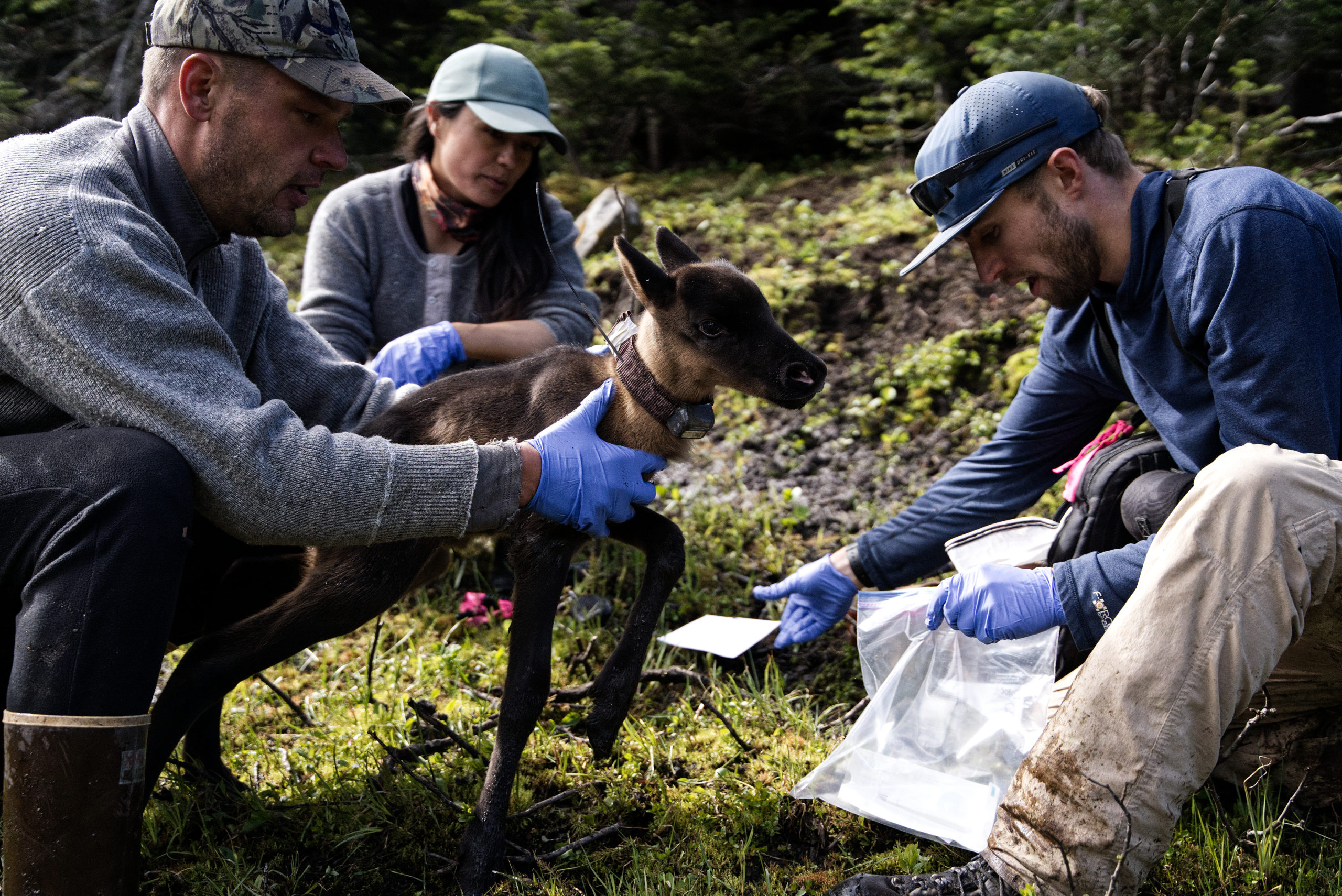
I’m alarmed by a global report that came out in 2019 saying that we’re at risk of losing almost a million species in the world, many within decades, if we don’t do something to turn things around. Canada is no different. We’ve already lost 135 species — 136 if you count the spotted owl.
The spotted owl is a poster child for how we’re doing things wrong in Canada. It is one of the most egregious examples of how we are treating a species at risk of extinction. The U.S. has done things so much better when it comes to the spotted owl, they still have spotted owls in the wild. We don’t.
The alarm was raised about spotted owls decades ago in the 1980s by scientists who pointed to declining populations. And then over the past 40 years, very little has been done. The B.C. government spent millions on a spotted owl captive-breeding facility while it continued to sanction clear-cutting in the old-growth forests where the owl lives. The federal government twiddled its thumbs and didn’t want to get involved. And now, although no official will come out and say this out loud, we very likely have no more spotted owls left in Canada’s wild. We had three when I wrote the book, that went down to one. Last I heard, that one wild-born spotted owl hadn’t been seen. It’s probably gone.
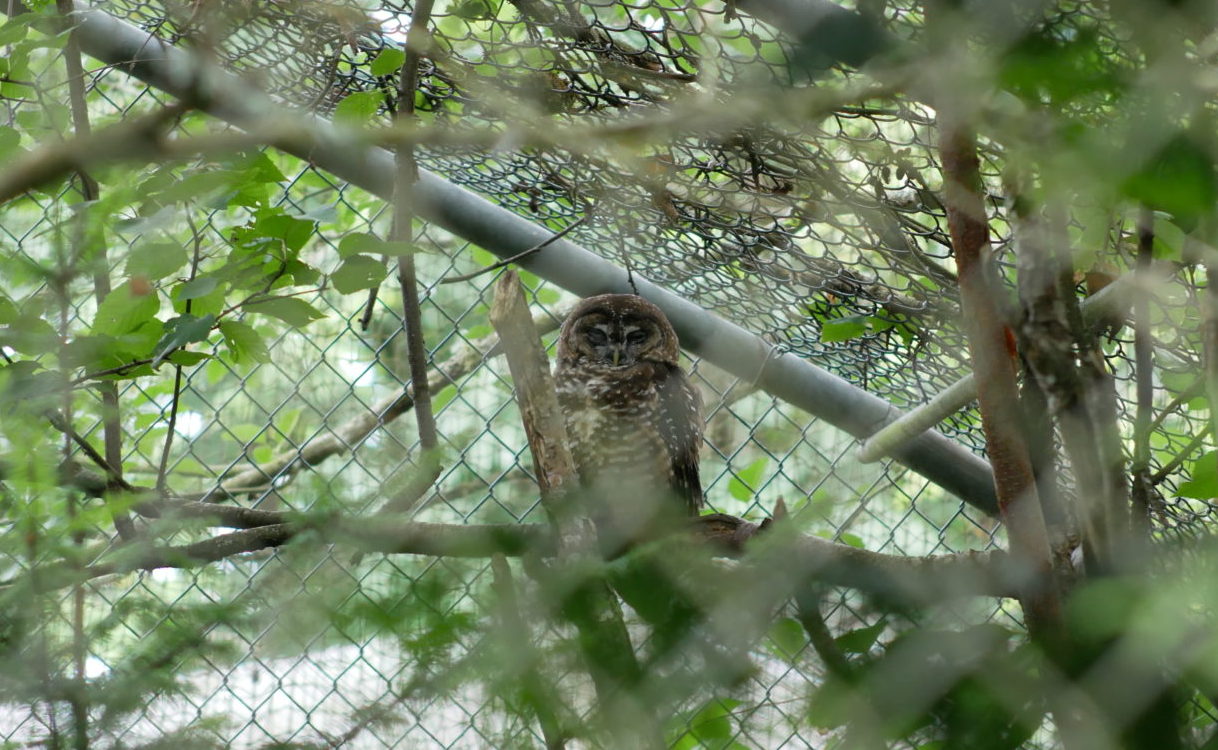
So, we’ve known for decades that spotted owls are in great decline. They were listed under Canada’s newly minted Species At Risk Act in 2003. Here it is two decades later, and a recovery plan for the species still hasn’t been finalized.
They are certainly dramatic, and they are very expensive. We need to switch things up so that we’re not always trying to save species at the very last minute. And, so my intention with the first part of the book was to lay out the somewhat crazy things that we’re doing in the absence of fulsome habitat protections, in the absence of an ecosystem-based approach to species-at-risk conservation and in the absence of transparent budgets attached to recovery efforts.
I think many people aren’t aware that we’re going to such lengths, often at public expense, to pull wildlife back from the brink of extinction. And, that is not to say that these efforts don’t have a role because they do. There are many instances where eleventh-hour efforts have helped to save and start to recover or even to fully recover a species. The peregrine falcon, for instance.
One chapter focuses on shooting one species to “save” another — shooting barred owls to help spotted owls, shooting wolves to save mountain caribou. I went out in an observer boat in Lake Erie while cormorants were being shot to save Kentucky coffee trees and other at-risk species in the Carolinian ecosystem, which ironically has mostly been destroyed by human activity.
And there is scientific evidence that wolf culls can help save a highly endangered caribou herd from winking out. But that is a very small piece of the puzzle. We can’t just continue to shoot wolves, we need to safeguard sufficient caribou habitat, especially in light of climate change. If shooting wolves is our only strategy, it is not going to work in the long-term. And it is going to be very, very intensive and very, very expensive. The B.C. government, for instance, spent $10,000 for each wolf killed in the habitat of one endangered caribou herd.
Habitat conservation is essential. Take a species like wood bison. Wood bison — a species of great spiritual and cultural importance for Indigenous Peoples — are only found in six per cent of their original habitat. And so, do we not want to make a concerted effort to safeguard this six per cent? I think most people would say yes, when we look at it in that context.
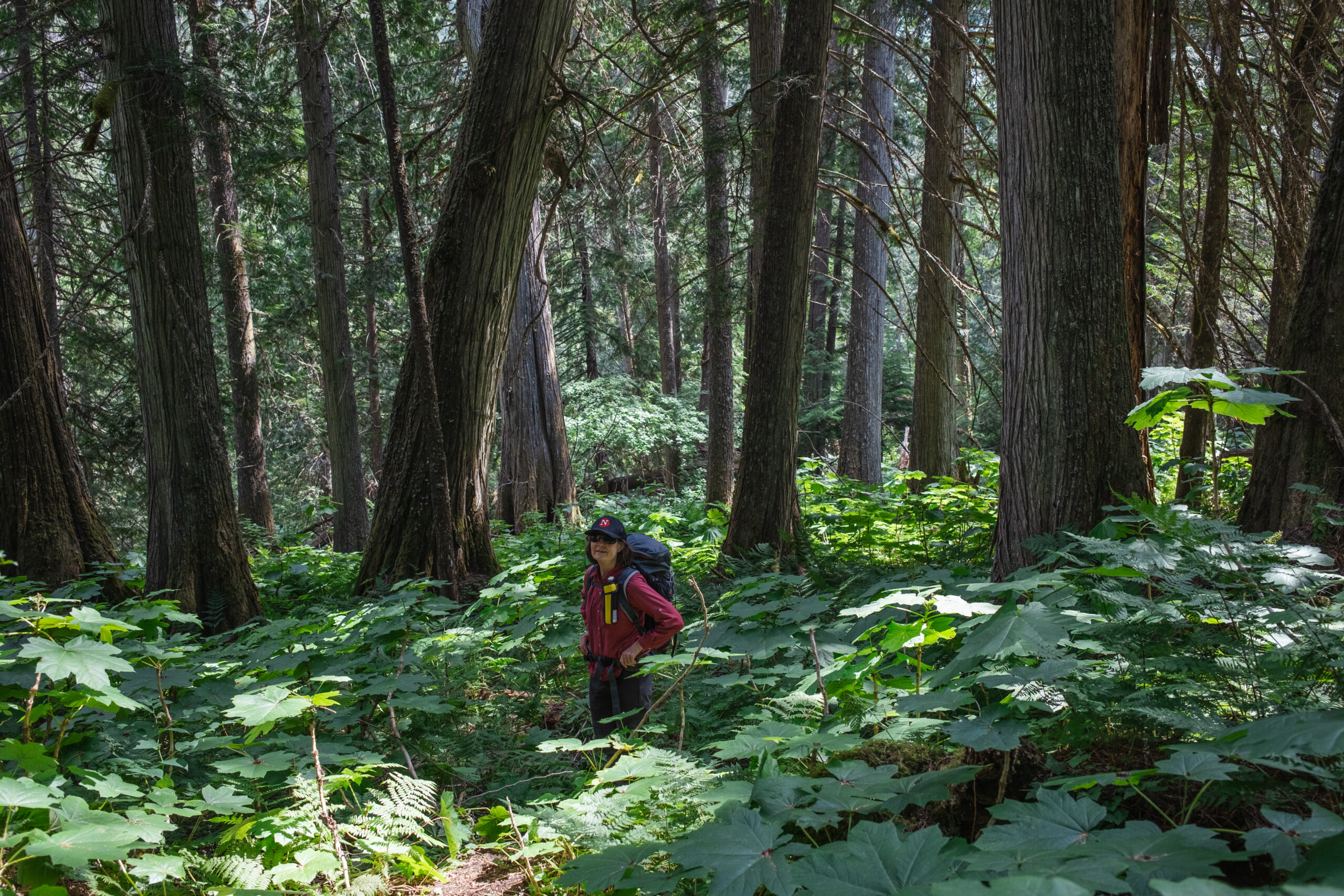
The few genetically pure wood bison herds left are still facing threats, whether it’s from oilsands development or forestry. But the main threat right now is actually disease, which is a whole other story I tell in the book. Scientists in Saskatchewan and at the Toronto Zoo are working together to enhance genetic diversity in wood bison and tackle disease that was brought to the herds through human activity. They are literally scrubbing embryos free of microbes and using surrogate wood bison to produce mainly female young, including with sperm flown in from a Saskatchewan facility.
It doesn’t mean that we have to stop all activity on all land bases, we just need to, in many instances, do things differently. We need to have protected areas as well, we also need to have buffer zones and connectivity. Indigenous-led conservation is key. And we need an ecosystem-based approach. In many parts of Canada, super interesting initiatives are also underway to protect endangered species and their habitat on private land.
Take the Prairie grasslands, one of the most endangered ecosystems on the planet. There are about 60 at-risk species that rely on the grasslands at some point during their life cycle, including many songbirds. I talked to ranchers who are grazing their cattle differently to protect native Prairie where birds nest. They move their cattle onto those fields later in the summer, after the birds have fledged. And by protecting the grasslands they’re also keeping carbon in the ground; grasslands hold a lot of carbon in the soil. So they are protecting biodiversity and addressing climate change at the same time.
On paper Canada’s Species At Risk Act is reasonably sound. The problem is that it is rarely implemented in most of the country. Environmental law groups like Ecojustice are constantly having to take governments to court so they follow their own laws. So, while we have this federal safety net for endangered species, there are big holes in its implementation and decisions are often political. And then there are supposed to be other safety nets for wildlife in each province and territory — and yet we have four provinces, including B.C., and a territory with no stand-alone legislation to protect species at risk. No wonder we’ve lost spotted owls from Canada’s wild. Most people don’t know that Canada’s Species At Risk Act only automatically applies to federal land, which is about four per cent of the country outside the territories, including national parks and post offices.
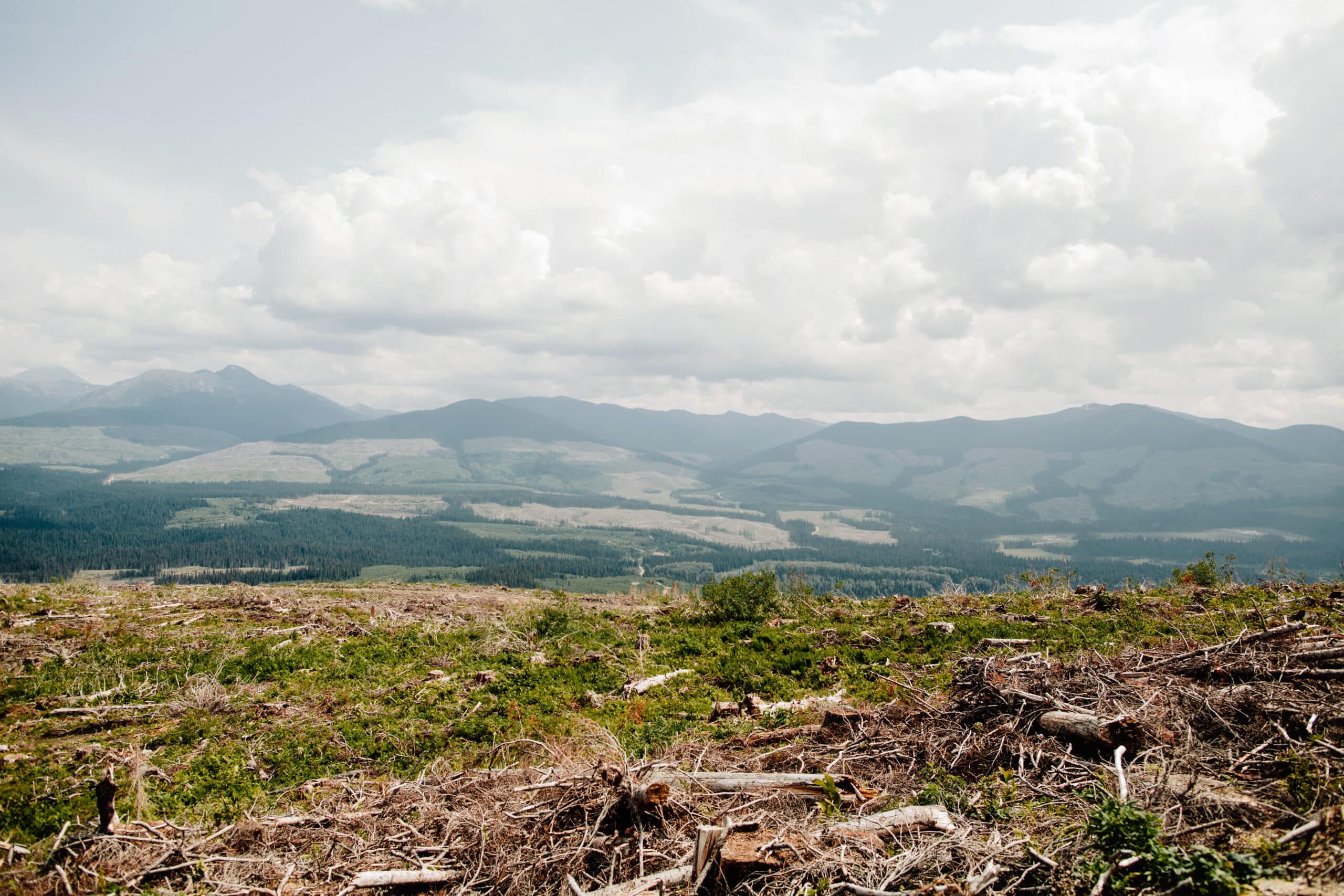
We need the provinces and territories to step up. And, right now, they’re not doing it. We’re not protecting species at risk, and wildlife and biodiversity. There’s been a lot of talk, there have been many, many years and decades of waiting for something to happen. Signs of Life looks at why it hasn’t happened, at the very heroic and dedicated efforts to bring about stronger protections for species at risk and how we can do this in a very solutions-oriented way.
These solutions are already happening. It’s a question of stepping them up. It’s a question of having more of an ecosystem-based approach to species at risk conservation — an approach that doesn’t focus on species at the very last minute, like spotted owls when they’re already critically imperiled, but starts to safeguard ecosystems and address the needs of all the species in that ecosystem, and also really addresses the needs of humans as well, because we’re so interdependent. We’re dependent on biodiversity for our own survival, on pollinators to produce our food, on healthy kelp forests to become nurseries for fish that humans and other species eat.
We ignore wildlife loss and biodiversity loss, I think, at our own peril.
I started the book feeling quite cynical and despairing about the state of wildlife and biodiversity in Canada. And I came out of it feeling a lot more hopeful. I was not expecting that. I think what really gave me hope were all the people that I met — scientists, people from Indigenous communities, people in the Canadian military, ordinary individuals just working in their own neighborhoods — who are all engaged in so many unique and dedicated efforts to protect wildlife and biodiversity. Those are the stories I tell in the book.
This conversation has been edited for length and clarity.
Sarah will be speaking about Signs of Life, in conversation with The Narwhal’s biodiversity reporter, Ainslie Cruickshank, at the Vancouver Public Library on Thursday, April 25, at 7 p.m. Admission is free; reserve your spot here.
Get the inside scoop on The Narwhal’s environment and climate reporting by signing up for our free newsletter. On March 17, federal Conservative Leader Pierre Poilievre...
Continue reading
An internal document obtained by The Narwhal shows how the natural resources minister was briefed...

Notes made by regulator officers during thousands of inspections that were marked in compliance with...

Racing against time, dwindling habitat and warming waters, scientists are trying to give this little-known...
